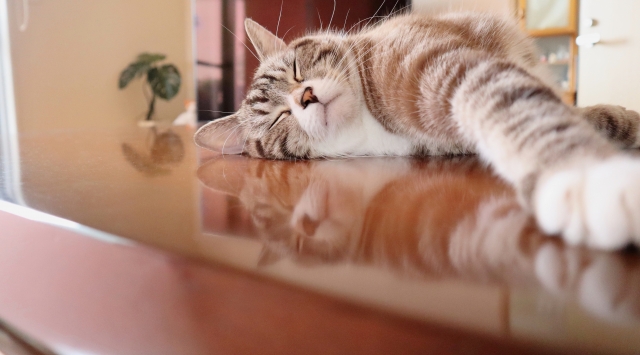Understanding how to communicate your affection to your cat can significantly enhance the bond you share. Cats are not always as demonstrative as dogs, but they do appreciate and respond to love and care in many subtle ways. Here’s how you can effectively express your affection to ensure a loving relationship with your feline companion.
Learn to Speak Cat
1. Recognizing Cat Body Language: Cats communicate mostly through body language. A relaxed posture, a slow blink, or an exposed belly are signs of trust and comfort. Learning to interpret these signs will help you understand how your cat is feeling.
2. Responding Appropriately: When your cat seems relaxed and happy, it’s a good time to show affection. However, respect their space when they retreat or display signs of discomfort, such as flattened ears or a twitching tail.
Expressing Affection Through Touch
3. Petting Preferences: Cats have different preferences about where and how they like to be touched. Many prefer being stroked along the cheeks or under the chin rather than being petted on the belly or back. Observing your cat’s reactions to touch will guide you in how to pet them affectionately.
4. Grooming: Grooming is a form of affection in the cat world. Brushing your cat not only keeps their coat healthy but also helps bond with them. Use a soft brush and be gentle, especially if your cat is not used to grooming.
Interactive Play
5. Playtime: Playing is a critical way to show affection and care. Use toys that mimic prey, like feather wands or small balls, which can satisfy your cat’s hunting instincts and allow for bonding through playful interaction.
6. Teaching Tricks: Believe it or not, cats can learn tricks too. Training sessions using positive reinforcement like treats or praises can strengthen your relationship and provide mental stimulation for your cat.
Creating a Comfortable Environment
7. Safe Spaces: Ensure your cat has access to comfortable resting places. Cats love cozy, enclosed spaces where they can feel secure. Cat trees or window perches can also be great additions to your home.
8. Consistency and Routine: Cats feel more secure with a predictable routine. Feeding, play, and cuddle times should be consistent to help build trust and show them they are cared for.
Communicating with Treats and Food
9. Treats as Rewards: While it’s important not to overfeed your cat, occasional treats can be a great way to show affection and reinforce positive behaviors.
10. Shared Meals: Some cats enjoy the social aspect of eating and may appreciate being fed at the same time as your meals. This can make them feel included and loved.
Vocalizations and Sounds
11. Mimicking Cat Sounds: Cats are more vocal with humans than with other cats. Responding to your cat’s meows with soft, soothing tones can help communicate your affection.
12. Purring: If your cat purrs while interacting with you, it’s a good sign they feel happy and comfortable. Responding with gentle petting or soft words can enhance the bonding experience.
Conclusion
Understanding and respecting your cat’s individuality is key to expressing affection effectively. Each cat has its own unique preferences and comfort levels, and tuning into these will help you develop a deep and meaningful relationship with your pet.




